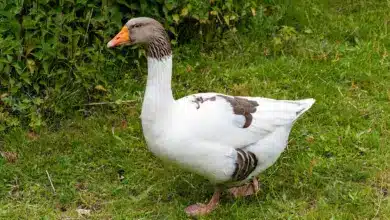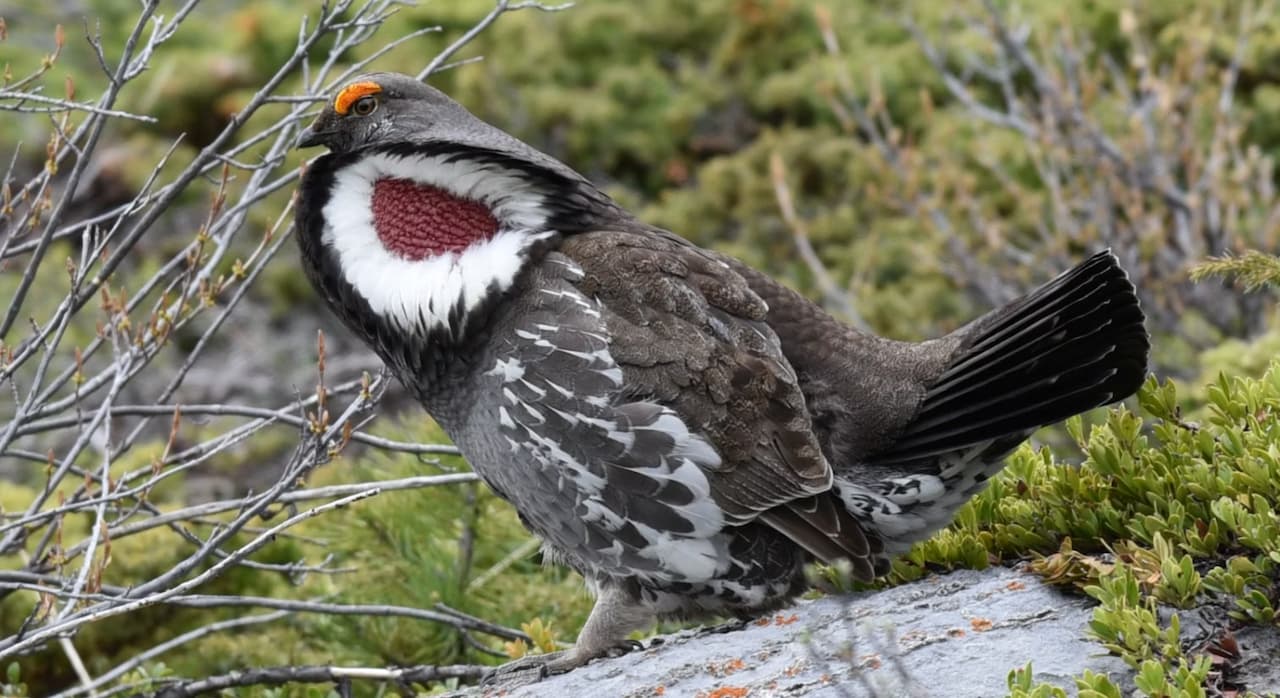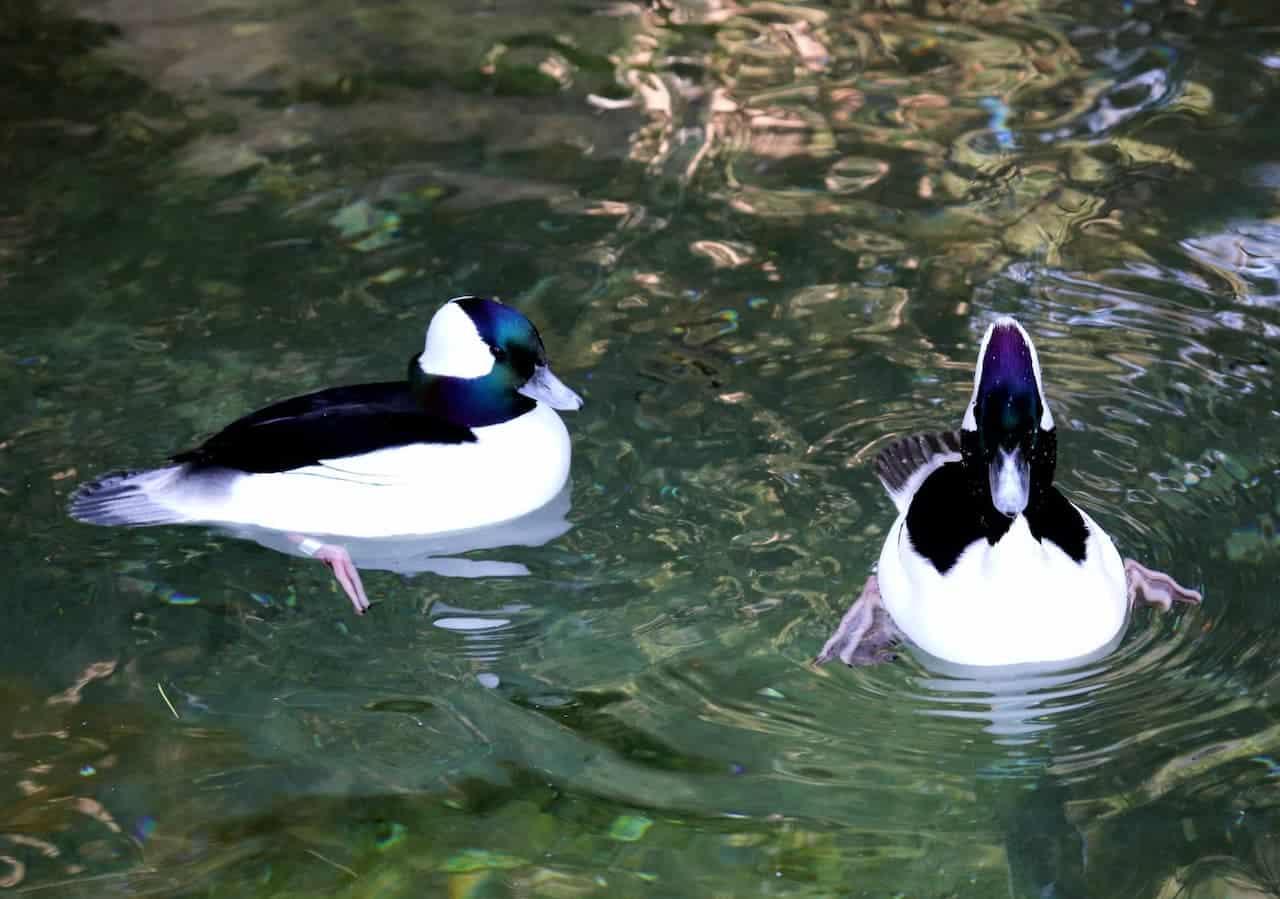Woolly-necked Storks
Woolly-necked Storks
The Woolly-necked Storks, Ciconia episcopus is a large wading bird in the stork family Ciconiidae.
It is a widespread tropical species that breeds in Africa, and also in Asia from India to Indonesia. It is a resident breeder in wetlands with trees. The large stick nest is built in a forest tree, and 2-5 eggs form the typical clutch. This stork is usually silent but indulges in mutual bill-clattering when adults meet at the nest.
The Woolly-necked Stork is a broad-winged soaring bird, which relies on moving between thermals of hot air for sustained long-distance flight. Like all storks, it flies with its neck outstretched.
The Woolly-necked Stork is a large bird, typically 85cm tall. It is all black except for the woolly white neck and white lower belly. The upperparts are glossed dark green, and the breast and belly have a purple hue. Juvenile birds are duller versions of the adult.
African birds, C. e. microscelis, have heads mainly black, but the nominate Asian race, C. e. episcopus, has heads mainly white except for a darker area around the eyes. Eastern Indonesian birds belong to a third form, C. e. neglecta.
The Woolly-necked Stork walks slowly and steadily on the ground seeking its prey, which like that of most of its relatives, consists of frogs, lizards, and large insects. African birds are attracted to bushfires.
The bird derives its scientific species name from the black and white vestments formerly worn by clerics.
The Woolly-necked Stork is one of the species to which the Agreement on the Conservation of African-Eurasian Migratory Waterbirds (AEWA) applies.
Stork General Info … Photos of the Different Members of the Stork Family for Identification





